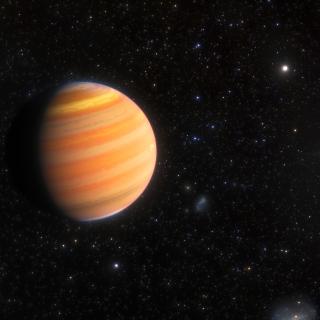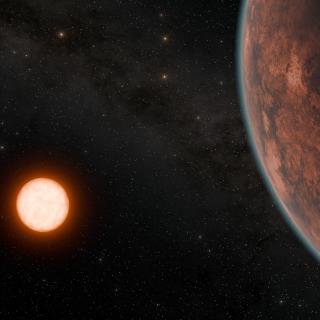We present the results of our spatially resolved investigation into the interplay between the ages of the stellar populations and the kinematics of the warm ionised outflows in the well-studied type II quasar Markarian 34. Utilising integral field spectroscopic (IFS) data, we determine the spatial distribution of the young stellar population (YSP; age < 100 Myr) using spectral synthesis modelling. We also employ the 5007 [OIII] emission line as a tracer of the warm ionised gas kinematics. We demonstrate a spatial correlation between the outer edges of the advancing side of the outflow and an enhancement in the proportion of the YSP flux, suggesting that the outflow is responsible for triggering star formation in this region. In regions with more highly disrupted gas kinematics, we find that the proportion of YSP flux is consistent with that found outside the outflow region, suggesting that the increased disruption is preventing a similar enhancement in star formation from occurring. Our analysis suggests that Mrk 34 is an example of quasar driven outflows simultaneously producing both `positive' and `preventive' feedback, further demonstrating the complex nature of the relationship between quasars and their host galaxies.
Left panel: the young stellar population (YSP) distribution overlaid with contours showing the advancing side (blue) and receding side (red) of the outflow. Right panel: the same YSP but with contours of W80 (i.e. the width of the 5007 [OIII] line).
Advertised on
Authors
Cristina
Ramos Almeida
References
![Young Stellar Population distribution The left panel shows the young stellar population (YSP) distribution overlaid with contours showing the advancing side (blue) and receding side (red) of the outflow. The right panel shows the same but with contours of W80 (i.e. the width of the 5007 [OIII] line).](/sites/default/files/styles/crop_rectangle_21x9_to_1280/public/images/news/ysp-wcont_f.jpg?itok=cpD8GWe8)


